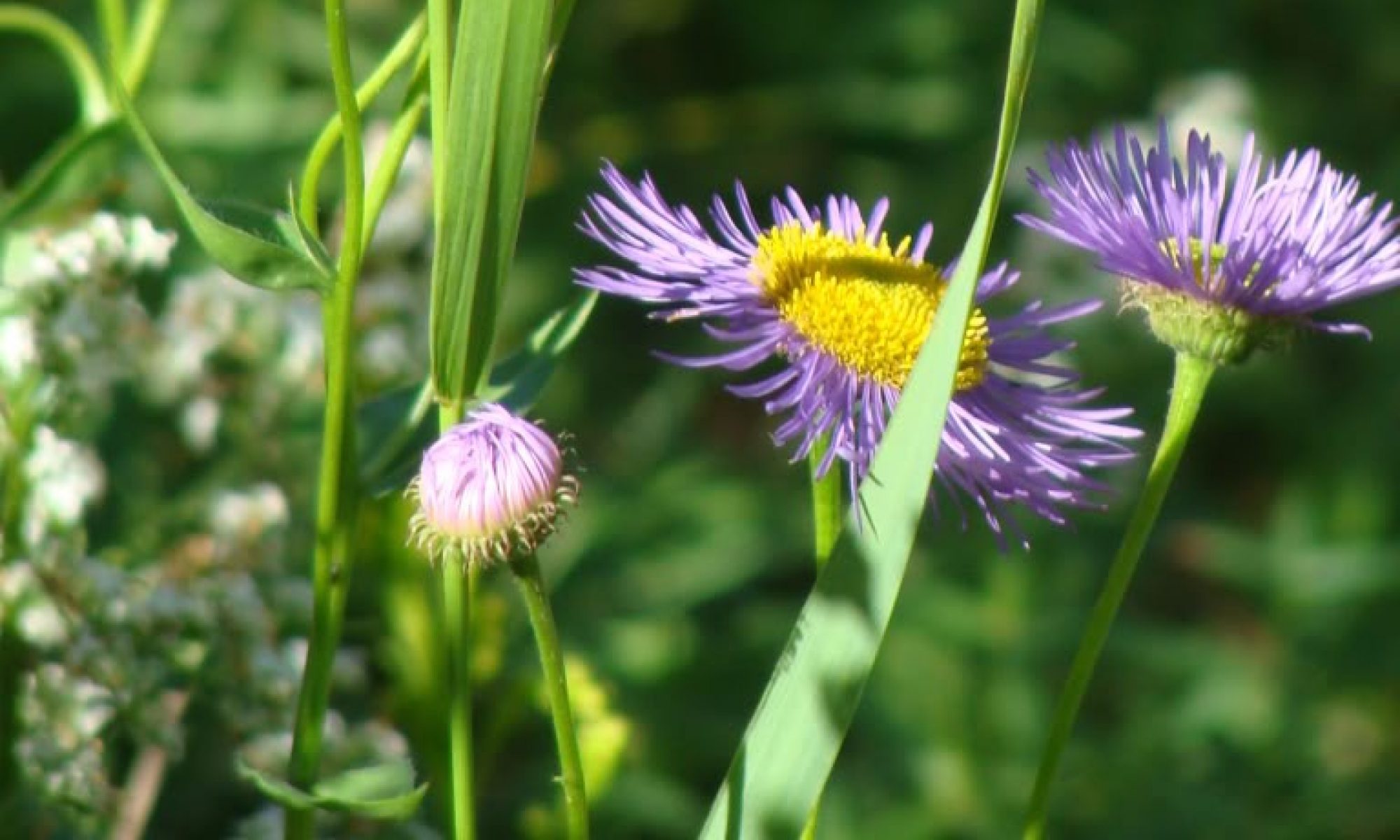I find inspiration in most gardening books, but especially in those dedicated to native plants. Barbara Eisenstein’s “Wild Suburbia: Learning to Garden with Native Plants” has some gems right in the first few chapters. The book is specifically about California natives, but much of the advice is applicable anywhere.
When talking about the “why” of native gardening, Eisenstein says, “Since nearly all of our wildlands have been impacted by development, we can no longer ignore the habitat value of our own back yards if we wish to preserve other wildlife species, as well as the general health of the planet.” I would add front yards to this assessment.
One of her nine reasons to plant natives is: “Feel good about being part of the solution. The environmental forecast is not good, but it feels great to know you can do something about it. One little garden may not matter much, but you can help the movement catch on so it spreads from yard to yard.” We don’t really know how much one little garden might matter in the end. It might make all the difference.
She also describes three ways for gardeners to start their relationship with native plants, a conservative, plant-at-a-time approach, an all-in, redo your whole yard approach, and the in-between approach, the one she obviously prefers, where gardeners choose appropriate areas of their yards to devote to native plants. I’m doing both the tuck-a-plant method and the native-devoted-area method in my yard.
Another excellent point the makes regarding soils is that native plants are generally accustomed to the soils in the areas in which they evolved, so there is very little need to fertilize or amend the soil at all.
In the past few days I have wandered through Upper Woodland Park near Green Lake here in Seattle a few times. The park is not pristine wilderness by any stretch, but there are some nice native trees inside.

Native yew, Taxus brevifolia 
Bigleaf Maple, Acer macrophyllum 
Leaves that are part of the food web are perfectly imperfect. 
Three major Seattle trees showing their distinctive trunks, left to right, Western Red Cedar (Thuja plicata), Bigleaf Maple (Acer macrophyllum), Douglas fir (Pseudotsuga menziesii)
For people with large enough yards, these trees can make a remarkable woodland. All around my neighborhood in Seattle, large Douglas fir trees soar above the houses–most about 70 years old, including one in my yard. This tree was one of the major reasons I wanted this house 25 years ago. There are fewer Western Red Cedar trees and Bigleaf Maples around, but these trees seed themselves in my yard regularly.
I don’t have room for full-grown versions of these trees, but from a food web standpoint, Doug Tallamy tells us that you don’t need adult trees to provide food for the insects that feed on these plants. For example, in my own garden, I have two seedling Bigleaf maples that I keep pruned to less than ten feet tall. I prune them several times a year to keep foliage coming. I take a similar approach with Bitter Cherry (Prunus emarginata).
One of my favorite native wildflowers is Fireweed, or Great Willow Herb (Chamaenerion angustifolium). I purchased seeds to start this year but not one of them germinated. Meanwhile, in the deserted Sam’s Club parking lot up the street from us, dozens of these plants have sprung up in cracks and planting beds. That’s good news–they will set seeds that I can scatter around my garden and in some pots to get my own started.




















































